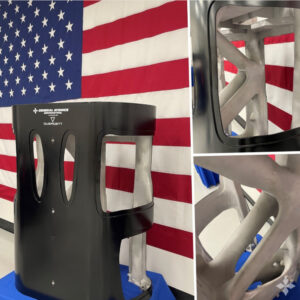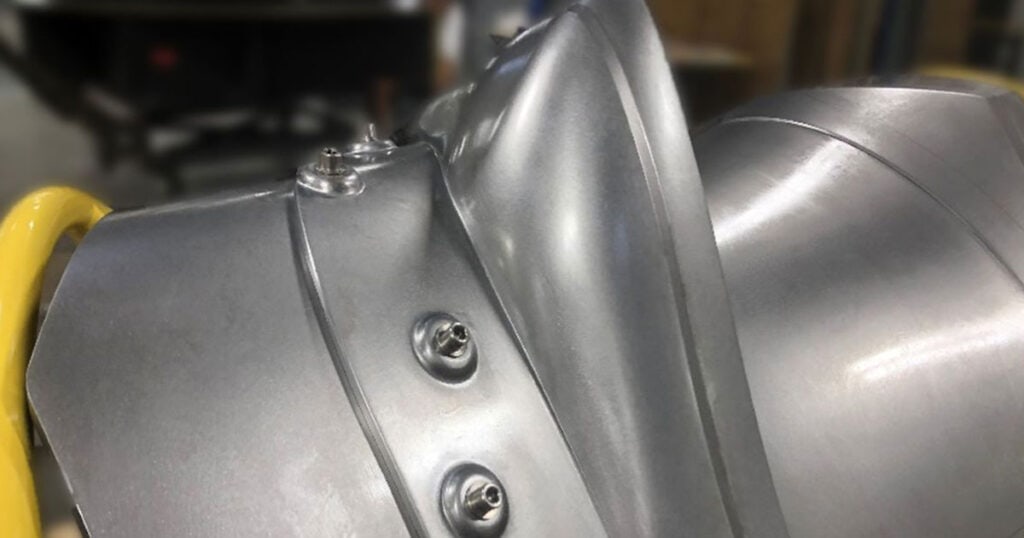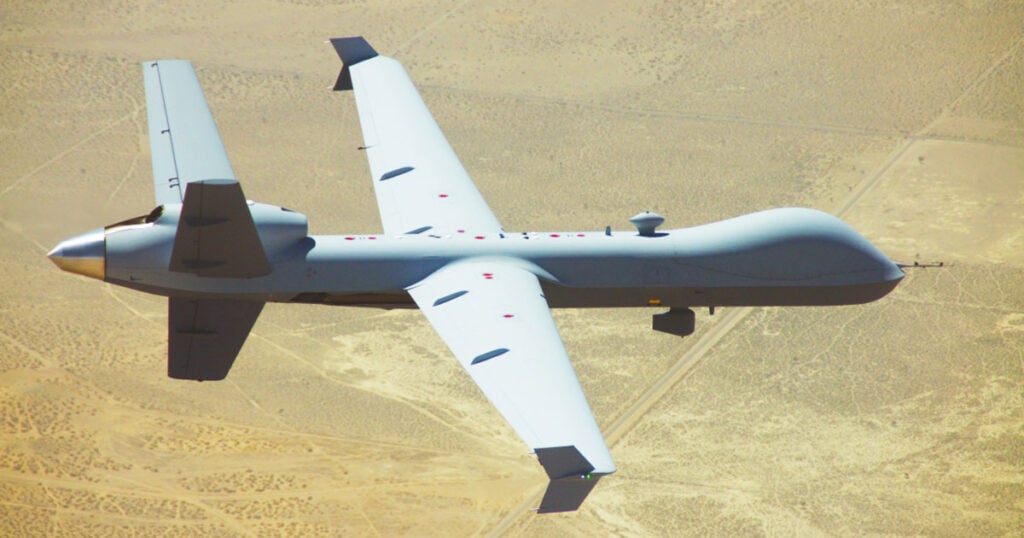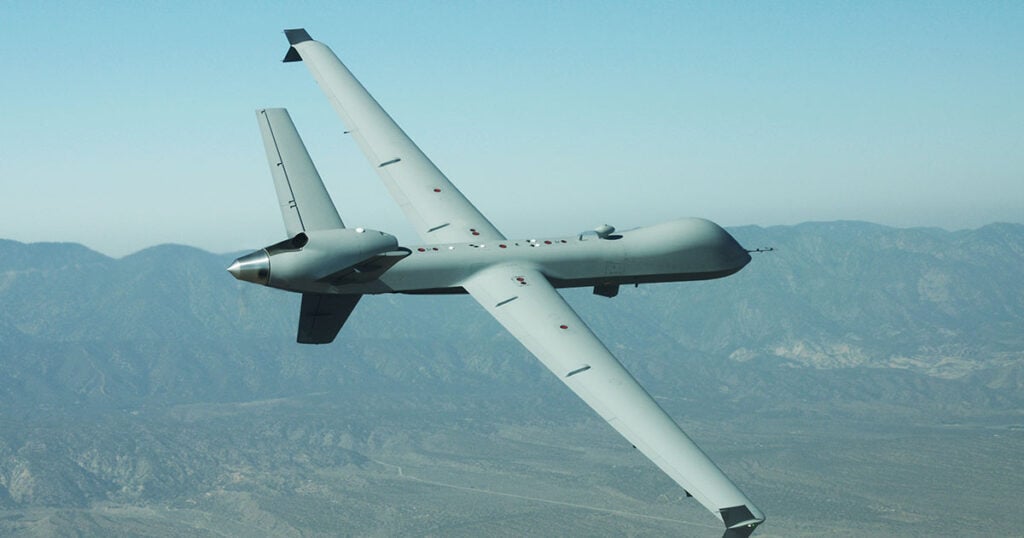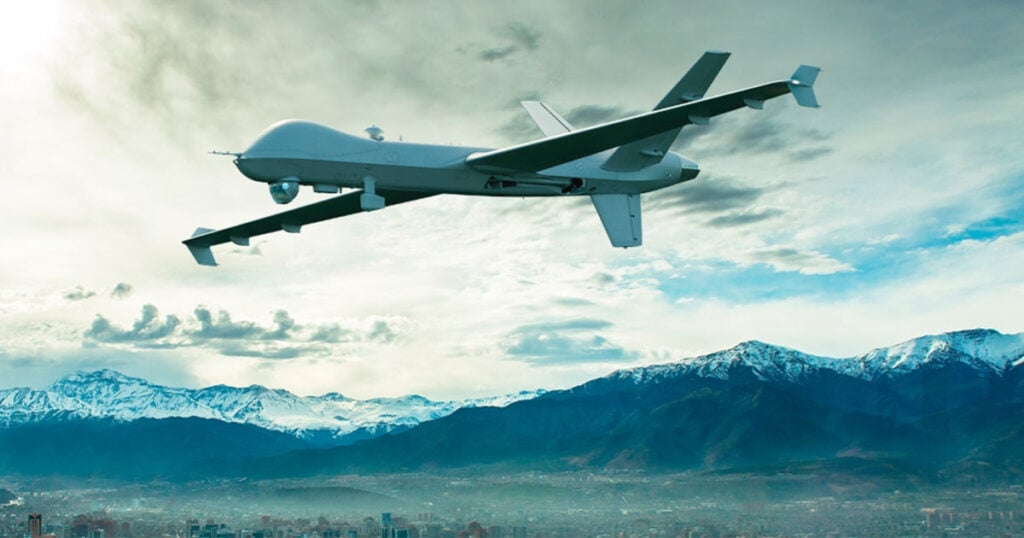General Atomics Aeronautical Systems, Inc. (GA-ASI) is advancing additive manufacturing (AM), commonly known as 3D printing, to produce advanced medium-altitude and small unmanned aerial systems (UAS).
This manufacturing technique constructs aircraft components directly from digital blueprints by adding material layer upon layer. GA-ASI has recently completed the construction of a full UAS airframe using this process, fabricated entirely through metal additive manufacturing.
Using this manufacturing method, the company produced a five-foot section of the airframe, considered one of the largest and most complex metal laser powder bed fusion 3D-printed structures built to date.
GA-ASI has heavily invested in additive manufacturing and design technologies to support the advancement of future UAS, aiming to deliver forward-leaning, cost-effective solutions in anticipation of mission requirements. This work was completed in partnership with the Department of Defense and Divergent, a collaborator from the private sector.
In 2022, GA-ASI established its Center of Excellence for Additive Design and Manufacturing (AD&M). This facility focuses on rapid manufacturing for the company’s UAS platforms, combining operationally viable and flight-certified additive manufacturing processes with R&D, large-scale tooling, and next-generation airworthy components.
To validate additive manufacturing for flight applications, GA-ASI has expanded its additive manufacturing ecosystem. This encompasses essential capabilities required to transition from prototype-quality results (“print right once”) to consistent production quality (“print right always”).
The comprehensive AM ecosystem enables GA-ASI to maintain reliability, uniformity, and efficiency in 3D printing for production. These outcomes are supported by refined internal procedures, a dedicated applications team, and a clear path for continued development.
Alongside steady production at the AD&M Center of Excellence, GA-ASI has also built a strong AM supply network to handle fast-turnaround and low-volume production needs. This includes supporting the manufacture of intricate thermoplastic and metal components for operational use.
GA-ASI reports that incorporating additive parts into the MQ-9B platform has cut tooling costs by more than $2 million and led to ongoing savings of over $300,000 per aircraft, with around 240 AM parts used per unit.
The number of additive manufacturing applications continues to rise, fueled by the capabilities of GA-ASI’s established AM system. Over 10,000 3D-printed components have now been installed across its aircraft, with the MQ-9B SkyGuardian® and SeaGuardian® leading in additive manufacturing adoption across the industry.




